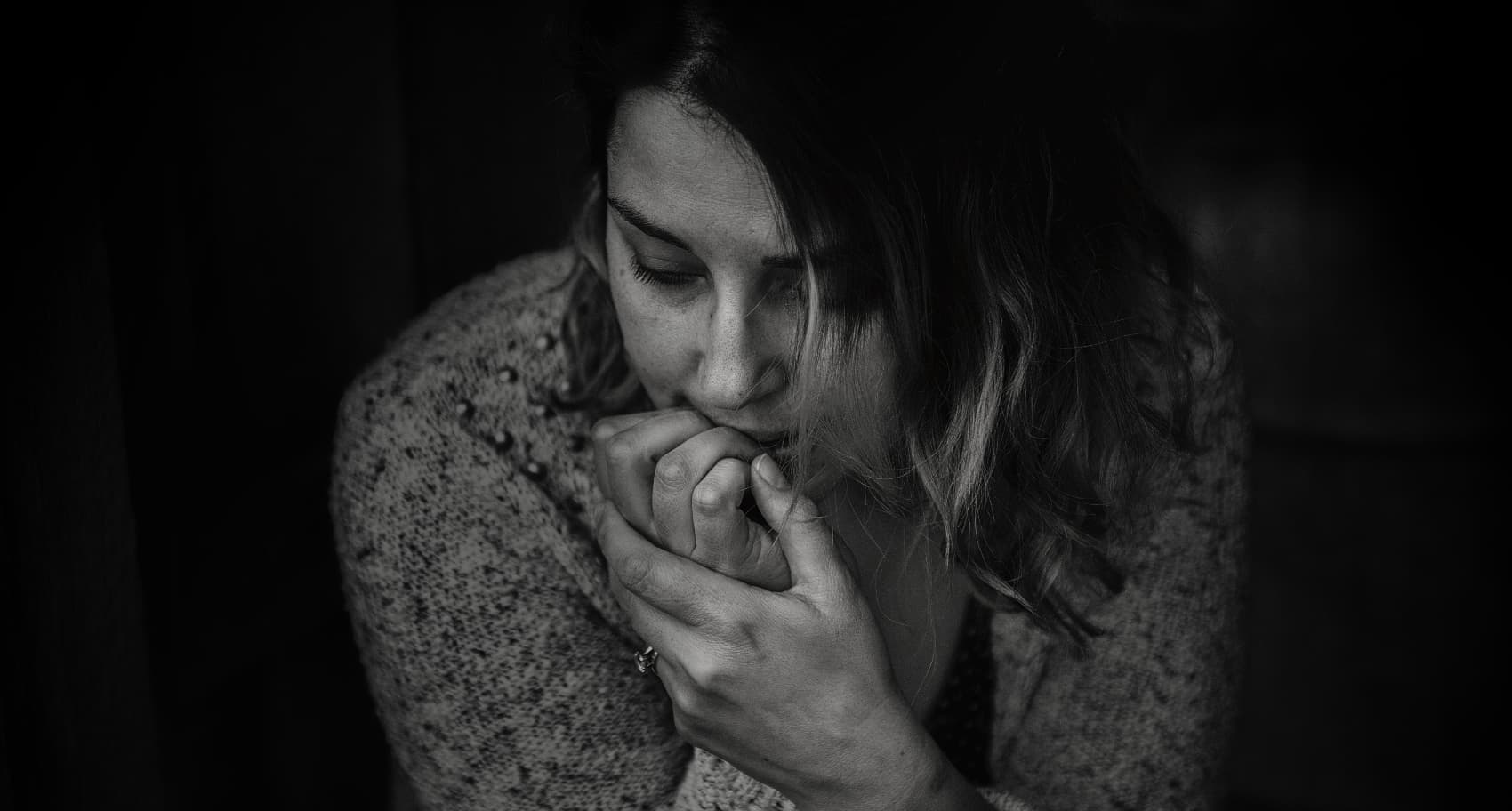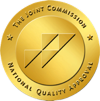Drug addiction is not just a social problem but a complex illness. A person with a substance use disorder experiences intense and uncontrollable cravings that lead to persistent seeking of the drug. The idea of going without substances seems impossible. Not only that, but there is such a dependent relationship with substances, people passionately want that drug in their lives. The itch that is killing them. And even though recovery is possible and happens every day, a person with an addiction doesn’t actually want it. They may even be scared to go to rehab.
As a brain disease, addiction targets brain circuits that control behavior, memory, learning, reward, and motivation. The effect on individuals varies, with some being more vulnerable than others depending on their body’s genetic makeup and duration of exposure.

Scared to Go to Rehab: The Psychology
Drug addiction treatment aims at returning addicts to productive state that gets them back to their families and community. Successful rehabilitation has resulted in individuals quitting drugs, stopping crime, and improving their psychological functioning.
However, since drug abuse disrupts almost every aspect of an addict’s life, treatment is not always straightforward. Since addiction is a disease, treatment must first target helping the patient stop using the drugs in question. Secondly, they must maintain a lifestyle free from drugs. Thirdly, the individual must reintegrate into a productive life.
An addict cannot stop using drugs at once and claim to have been cured. Cold turkey ignores the deeper issues.
On the contrary, addiction treatment involves repeated episodes of medical and psychological care. The treatment process is customized, taking into consideration each person’s individual personality and history along with age, ethnicity, culture, and gender.
According to research, addicted individuals require three months of treatment to stop or reduce drug intake.
What Is Life in Rehab Like?
If you or someone you love is scared to go to rehab, one way to help is letting them know what it might look like. Treatment centers involve a structured way of life where clients often practiced medication and undergo therapy sessions. The question now is, how is life in rehab? Here now is an overview of a typical day at the rehab:
-
Morning
Clients wake up to an early breakfast followed by meditation or yoga classes that help relax the mind. After that, a therapist or counselor leads a group session whose focus is to help a patient identify issues or people that fueled the drug abuse. After several of these meetings, you recognize behavioral patterns or triggers and seek ways to change them.
-
Afternoon
Afternoons are the most intensive where patients undergo individual and group therapy. Addiction treatment centers apply Cognitive Behavioral Therapy (CBT), a highly effective method to cultivate responses to drug use triggers.
-
One-on-one sessions
In these sessions, individuals engage in one-on-one chats with a therapist. Here, patients openly express their concerns and fears allowing therapists to identify helpful responses.
-
Group therapy
In group therapy, participants share their drug experiences in a process that promotes emotional healing. What makes group sessions so compelling is the sense of fellowship and trust among participants. Besides, they all face a common struggle.
-
Free time
Rehabs allow patients some free time in the afternoon to spend as they wish. A host of activities exist depending on the facility. Some of these include soccer, volleyball, basketball, ping-pong, and pool. Some individuals prefer to find a quiet spot to meditate, pray or read. Others make entries in their journals which is an excellent way of self-expression and tracking progress.
-
Evening
Residents converge again for a short session after dinner. In most rehabs this is when they may run the 12-Step Program. The day ends with clients retiring to bed with emphasis on getting sufficient sleep to allow them to wake up the next day being alert and energetic.
The 12-Step Program
The 12-Step Program or 12-Step Plan is a model initially developed for Alcoholics Anonymous. The plan works on the premise that people should help each other achieve abstinence but must acknowledge the presence of a higher power. A report shared in 2013 reveals that 74% of treatment centers adopt the 12-Step model.
Here are the 12 steps:
- An admission that you are powerless over an addiction
- Belief in help from a higher power
- Ceding control to that higher authority
- Taking stock of your progress
- Confession to self, other people, and higher power of wrongs done
- Accept correction of shortcomings
- Seek divine intervention for removal of shortcomings
- List and show willingness to amend the wrongs done
- Get in touch with people an individual has hurt
- Admit one’s mistakes whenever wrong and continue taking stock
- Pursue prayer and meditation while seeking divine connection and enlightenment
- Enlighten others, especially those struggling with addiction
What Is a Good Rehab?
Addiction treatment works. It takes work, but freedom happens. Of course, high quality addiction treatment is essential. Here are four ways to identify your ideal rehab center:
-
Accreditation
Addiction treatment centers must undergo a rigorous evaluation and accreditation process before licensing. More so, they must offer quality care to sustain their licenses. Accredited facilities maintain high standards of safety, employ highly trained personnel, and are culturally sensitive.
-
Personnel Credentials
Everyone wants their loved one checking into a facility where trained individuals are at hand to offer quality care. Certified and highly trained clinicians adopt treatment practices backed by science and proven results. In your search, check what certifications the resident therapists possess.
-
Treatment Financing
Find centers that break down your financial obligations, show the extent of insurance coverage and inform you of other options. A sliding scale payment option is another way you could explore.
-
Serene location
A rehab center set in beautiful and serene settings aids recovery in a big way. As seen earlier, environmental and social surroundings are more likely to trigger a relapse. Therefore, check that the rehab facility has a good environment, recreational facilities, and standard accommodation amenities.
Scared to Go to Rehab? Call Us.
Addiction to drugs does not have to be a life sentence. Many have sought help, recovered, and turned their lives around. If you are looking for treatment for yourself or someone you love, call us today. We are ready to answer your questions and help trade your fears for hope.


